Chinese financial regulators vowed to ramp up credit growth while continue to implement prudent monetary policy in a forceful manner to boost the continuous rebound of the economy, shore up internal growth momentum, improve market expectations and resolve hidden financial risks.
The People's Bank of China (PBC), the central bank, the National Financial Regulatory Administration and China Securities Regulatory Commission made the statement during a Friday video conference implementing the task of supporting the real economy and containing financial risks, according to the statement on the central bank's website on Sunday.
Li Yong, a senior research fellow at the China Association of International Trade, told the Global Times on Sunday that hidden financial risks mentioned during the conference encompass multiple issues that need to be addressed while the country's economic growth is facing some challenges now.
China's post-COVID-19 economic recovery is characterized by undulating progress, which sometimes has twists and turns, the meeting said.
The meeting stressed that major financial institutions should take the initiative to provide more loans, with large state-owned commercial banks continuing to shoulder the responsibility by increasing credit lines.
Financial institutions should maintain steady growth of loans and explore new points for credit growth, with more support for smaller enterprises and the development of key sectors including the green economy, technology and high-end manufacturing.
It said the authorities will adjust credit policy in the real estate sector. Moreover, financing costs for the real economy will be reduced, the meeting said, pointing to the need to give better play to the market-oriented adjustment mechanism for deposit interest rates and strengthen the sustainability of financial support for real economy.
Data from the PBC showed that new yuan-denominated loans increased by 1.67 trillion ($229.5 billion) in the first seven months of the year to 16.1 trillion yuan. Meanwhile, the financing cost continued to drop, with the business loan interest rate falling by 0.35 percentage points to 3.94 percent on average.
"History shows that bank loans tend to fall in July, but the increase in new loans between January and July means that financial support for the real economy has kept its pace," Zhou Maohua, an economist at Everbright Bank, told the Global Times.
He said the central bank may cut the reserve requirement ratio in the third quarter this year following recent interest rate cuts.
"The Chinese economy is recovering, though facing new difficulties and challenges, and the prudent monetary policy is expected to step up counter-cyclical adjustments," Zhou said, noting that the implementation of macroeconomic policies will continue.
The meeting also stressed that the bottom line of no systemic financial risks will be firmly guaranteed. The financial regulators will coordinate efforts to help local provinces resolve local government debt problems, while take measures to strengthen risk supervision and settlement, it said.
"The conference has shown that China's financial regulators are willing to confront the problems and they are capable of solving them," said Li.
He added that after experiencing multiple financial crises in the global market in the past years, China's financial authorities are likely to pay higher attention to implementing prudential monetary policy and prevent systemic risks from jeopardizing the economy.













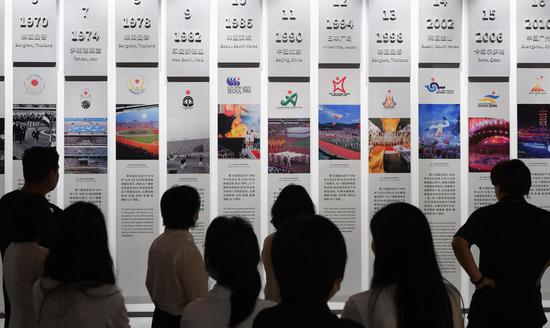



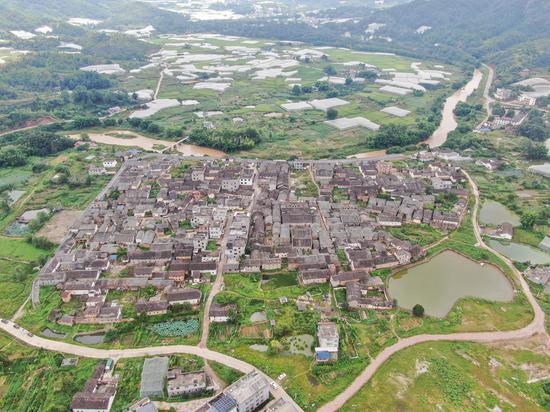
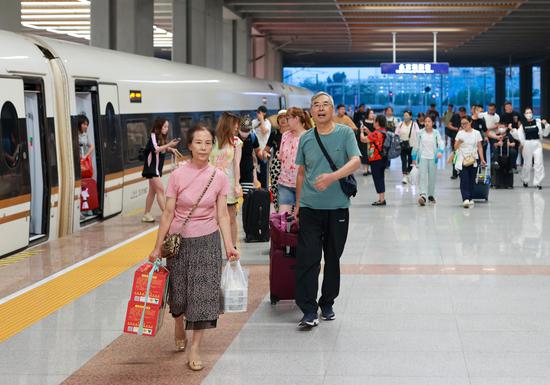







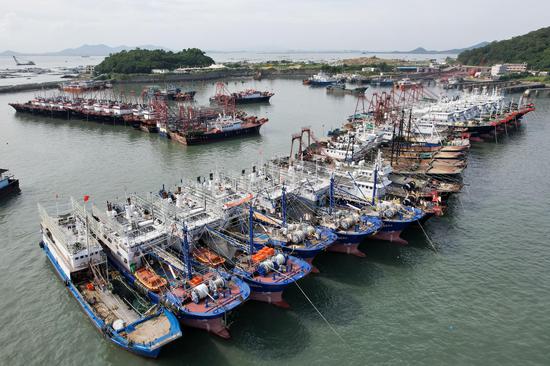





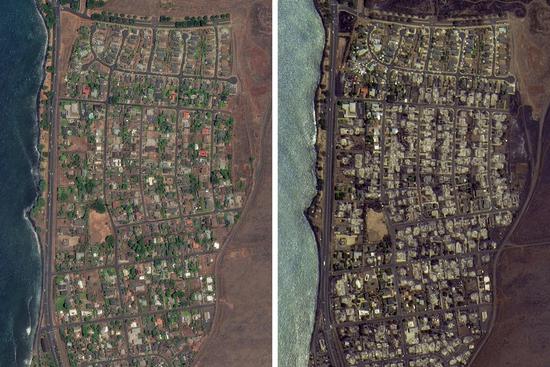

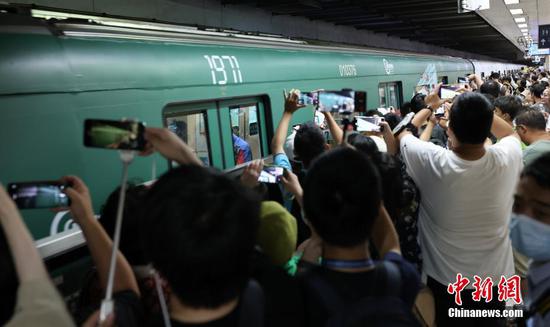
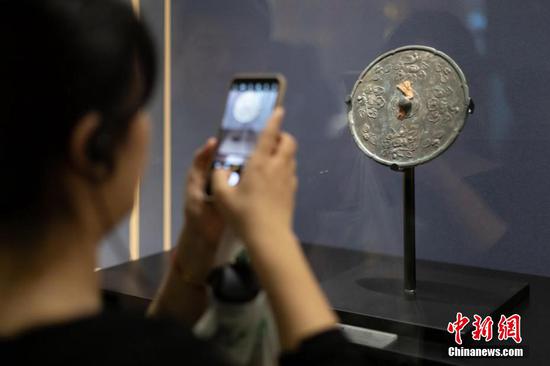

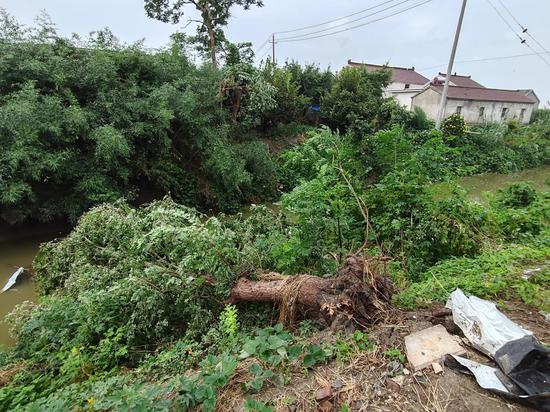


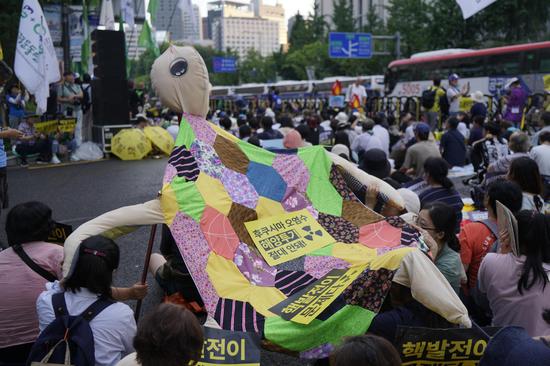
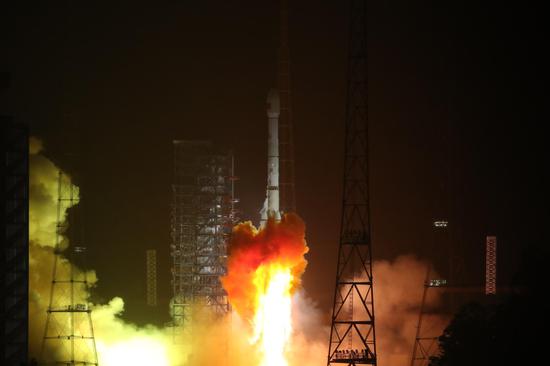






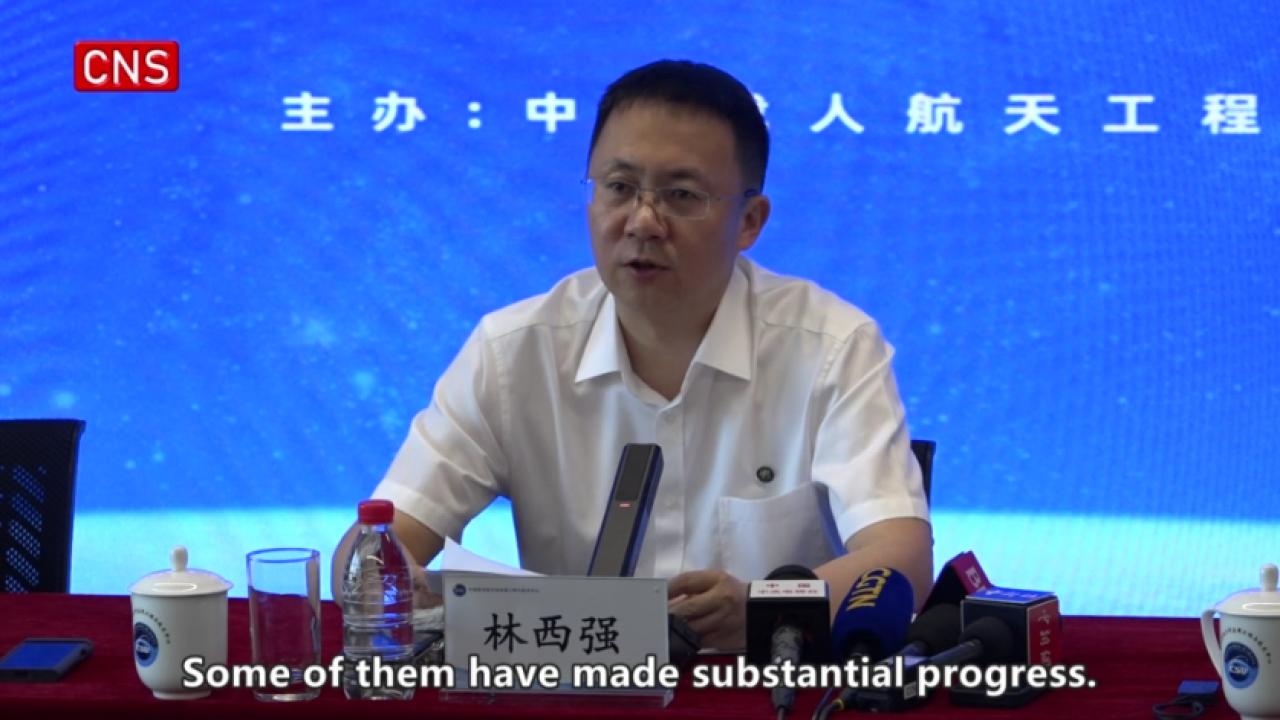

 京公网安备 11010202009201号
京公网安备 11010202009201号